The province still follows traditional cooking methods, but that doesn't mean it isn't open to other influences, which allows for innovation and new flavors, Yang Feiyue and Hu Meidong report in Fuzhou.
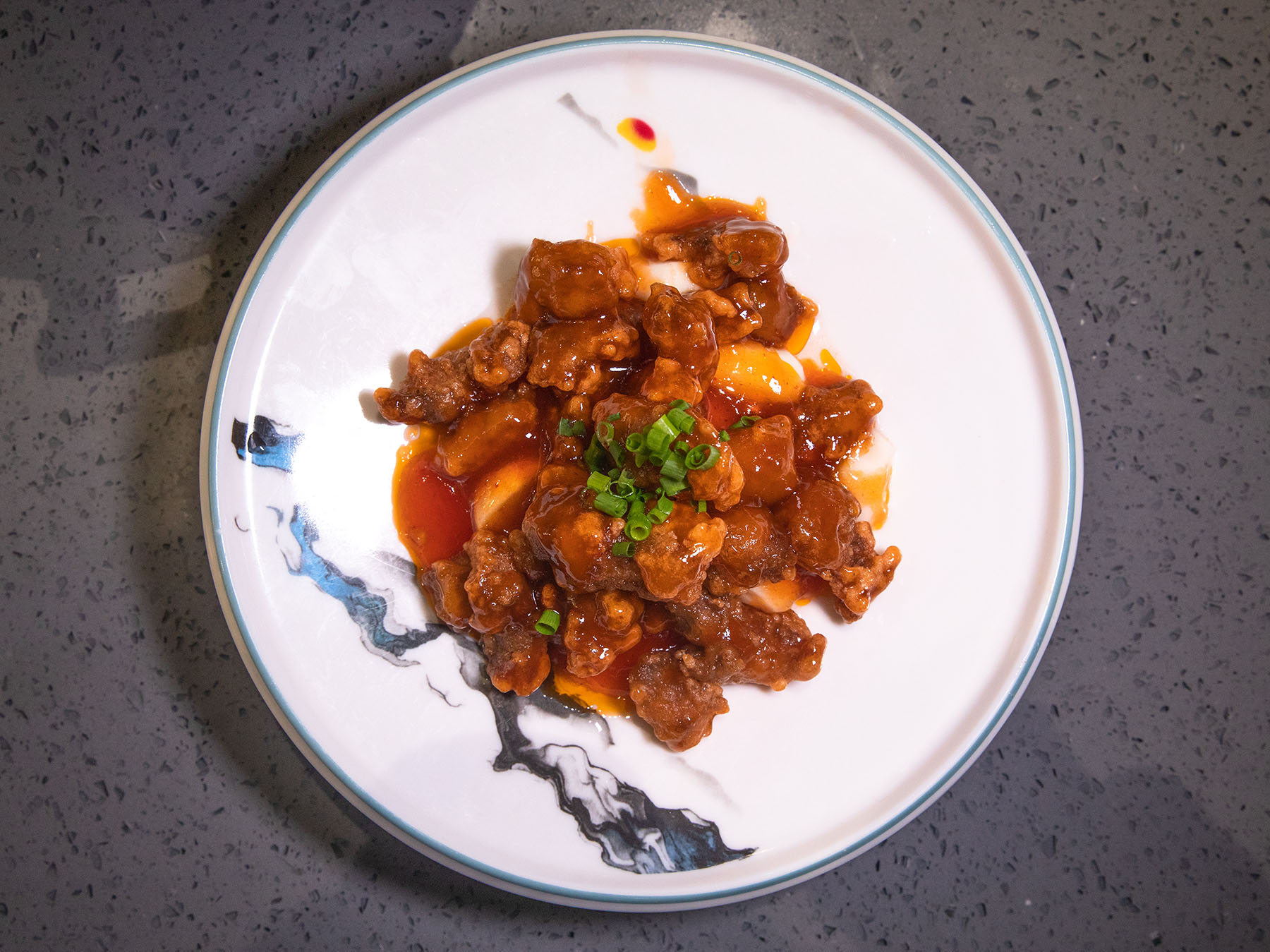
The diverse landscapes of Fujian province have given rise to a cornucopia of delicacies that together form the soul of its cuisine, creating a masterful synthesis of the sea and the earthy, robust flavors of the mountains.
Its most defining characteristic, the golden thread tying together its most celebrated dishes, is its reverence for broth.
In the provincial capital of Fuzhou, soup is not merely a starter but the soul of the meal, as demonstrated by the local culinary philosophy "yi tang shi bian" (one broth, ten transformations). The pursuit is not for heaviness or complexity, but for a clear, deceptively simple-looking broth that carries an intense, layered concentration of natural flavors.
This broth, often painstakingly extracted from old hens, ducks and pork bones over many hours, forms the liquid bedrock upon which countless Fujian delicacies are built.
READ MORE: A fusion of many facets
To truly understand this cuisine, one must begin with its most legendary creation, a dish that embodies the very essence of Fujian — fotiaoqiang (Buddha Jumps Over the Wall).
It is a dish so aromatic, lore has it that it could entice a monk to abandon his vegetarian vows and leap over a temple wall.
"To make authentic fotiaoqiang takes seven days," says Yang Weihua, a master chef of Fujian cuisine, with three decades of experience.
"Sea cucumbers fear oil — they must be soaked in purified water for four days, handled only with clean, bare hands. Abalone requires three days of treatment to remove any fishy taste," says Yang, who works at the local restaurant Juchunyuan, which was first established during the Qing Dynasty (1644-1911).
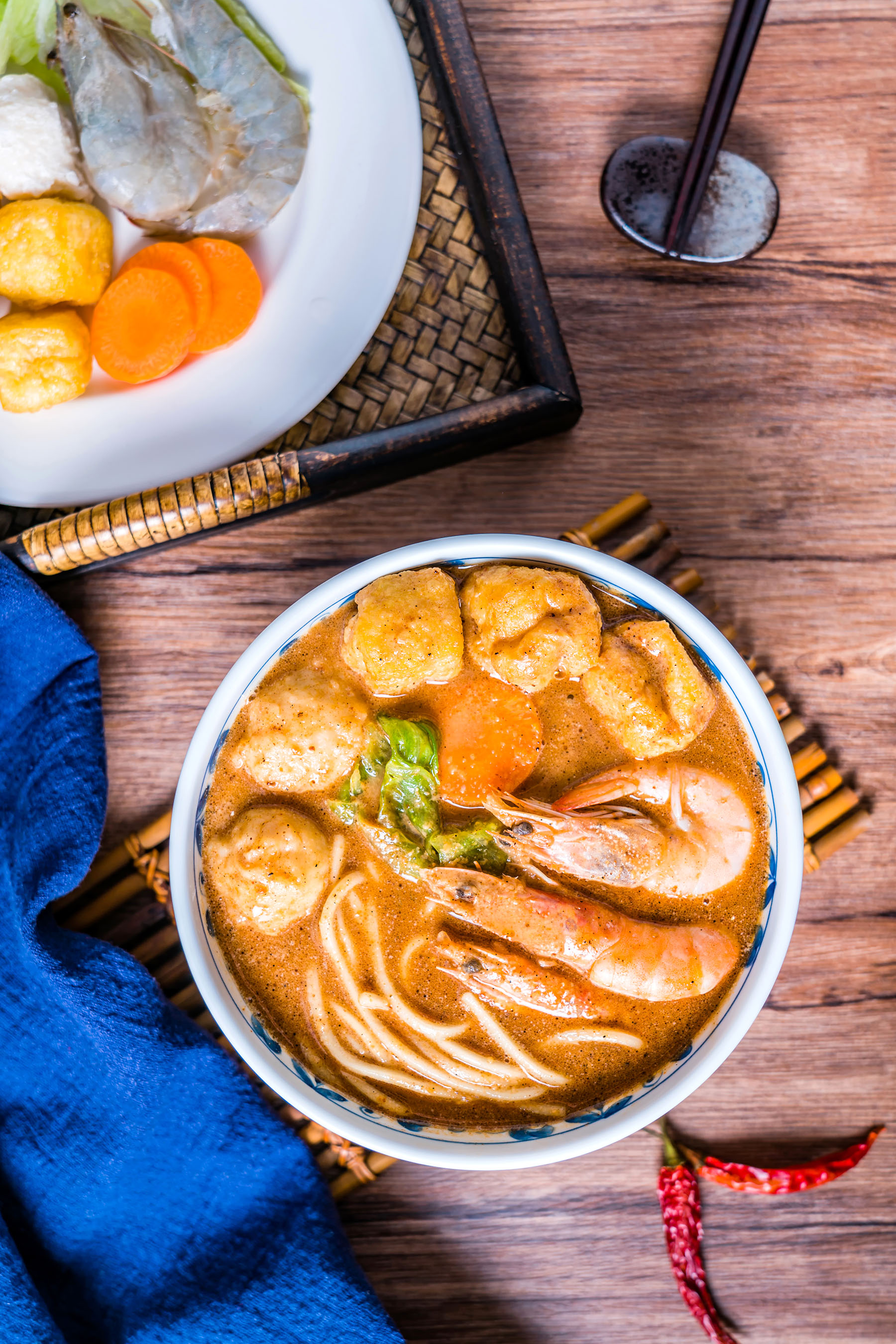
"Each ingredient demands individual attention," he emphasizes.
In a steam-filled kitchen, the moment he lifts the lid, which features a sitting Buddha, from a clay jar on the stove, a wave of aroma bursts forth.
He lightly taps the jar's surface with his hand and points out that it is made with special clay from the coastal Changle district. The clay contains sea sand that can withstand the higher internal pressure from slow braising.
"Small opening, large belly, sealed with lotus leaves — this is how we lock in the essence of the mountains and sea," he says.
Another secret is revealed as he opens another jar simmering on the stove. Each broth has gone through two batches of old hens, ducks and pork bones.
"The first extraction captures the freshness. The second captures the richness. Only when combined do we achieve that golden, tea-colored broth," Yang explains.
"When the essence of the bones dissolves completely into the broth, other non-bone premium ingredients, such as abalone with its springy texture, crisp sea cucumber, and sticky-soft fish maw, are added to keep their unique texture while harmonizing in the broth."
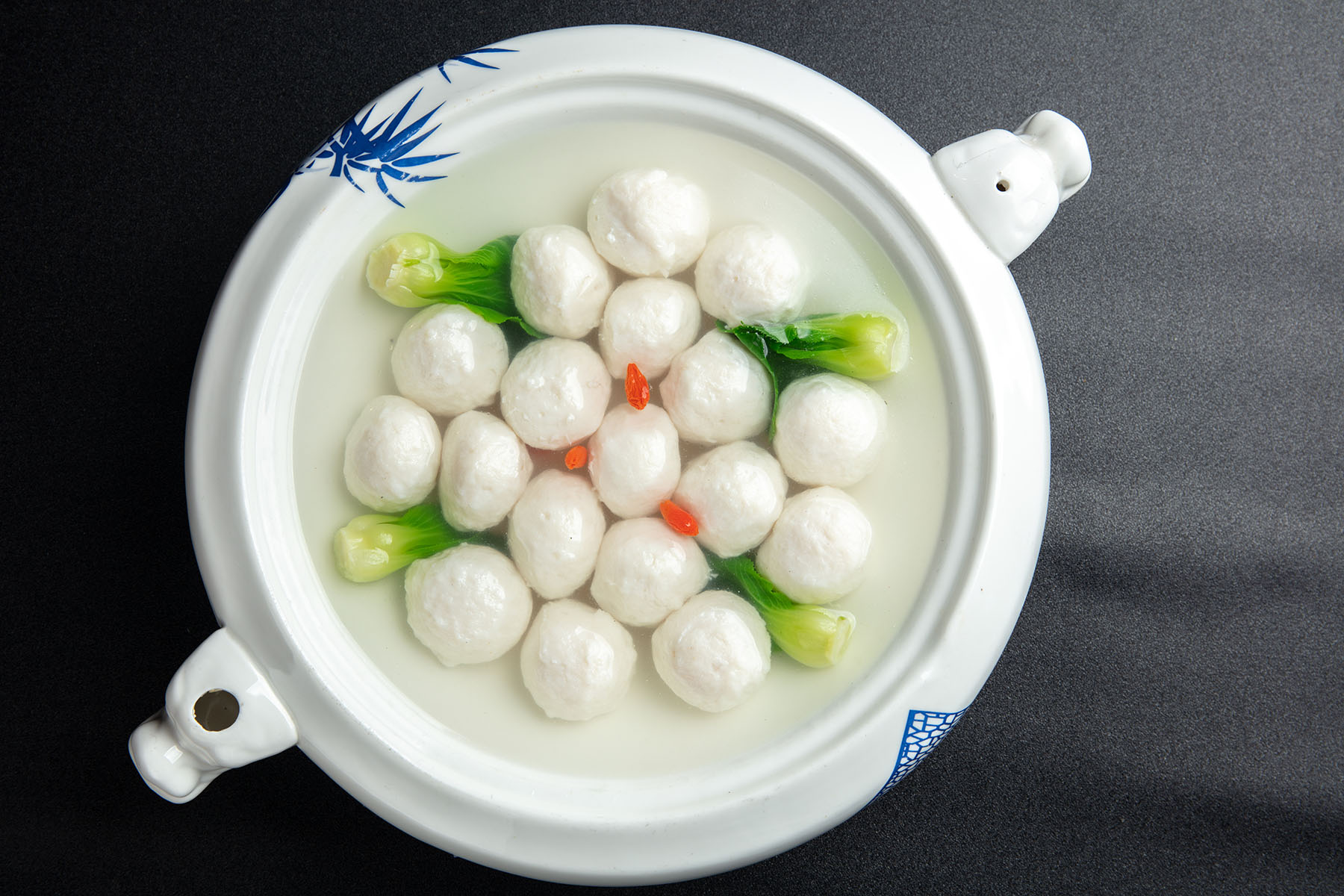
Mapping it all out
In addition to fotiaoqiang, dishes like lychee pork, sliced whelk with light wine sauce and braised sea clam with chicken soup are representatives that demonstrate Fujian cuisine's extreme aesthetics, Yang notes.
The lychee pork consists of pork loin with crosshatched cuts.
"The cuts must be two-thirds deep. When it's fried, it curls up like lychee fruit. The meat needs to be both lean and fat, then lightly coated with starch, so the 'lychee skin' pattern shows through the sweet-and-sour glaze," he says.
The dish also reveals a deeper purpose, he says. "Fujian's winding waterways and mountain roads often cause motion sickness. The sweet-and-sour flavor helps settle the stomach."
The sliced whelk with light wine sauce demonstrates precision, as Yang holds a slice to the light.
"Thin enough to see through," he explains.
The water must be brought to exactly 80 C. After boiling, add one ladle of cold water. Then, add whelk and leftover yeast particles (wine lees) from the wine fermentation process at high heat for precisely three seconds.
"It's all about perfectly controlling the heat so the sliced whelk stays crisp without any fishiness," he says.
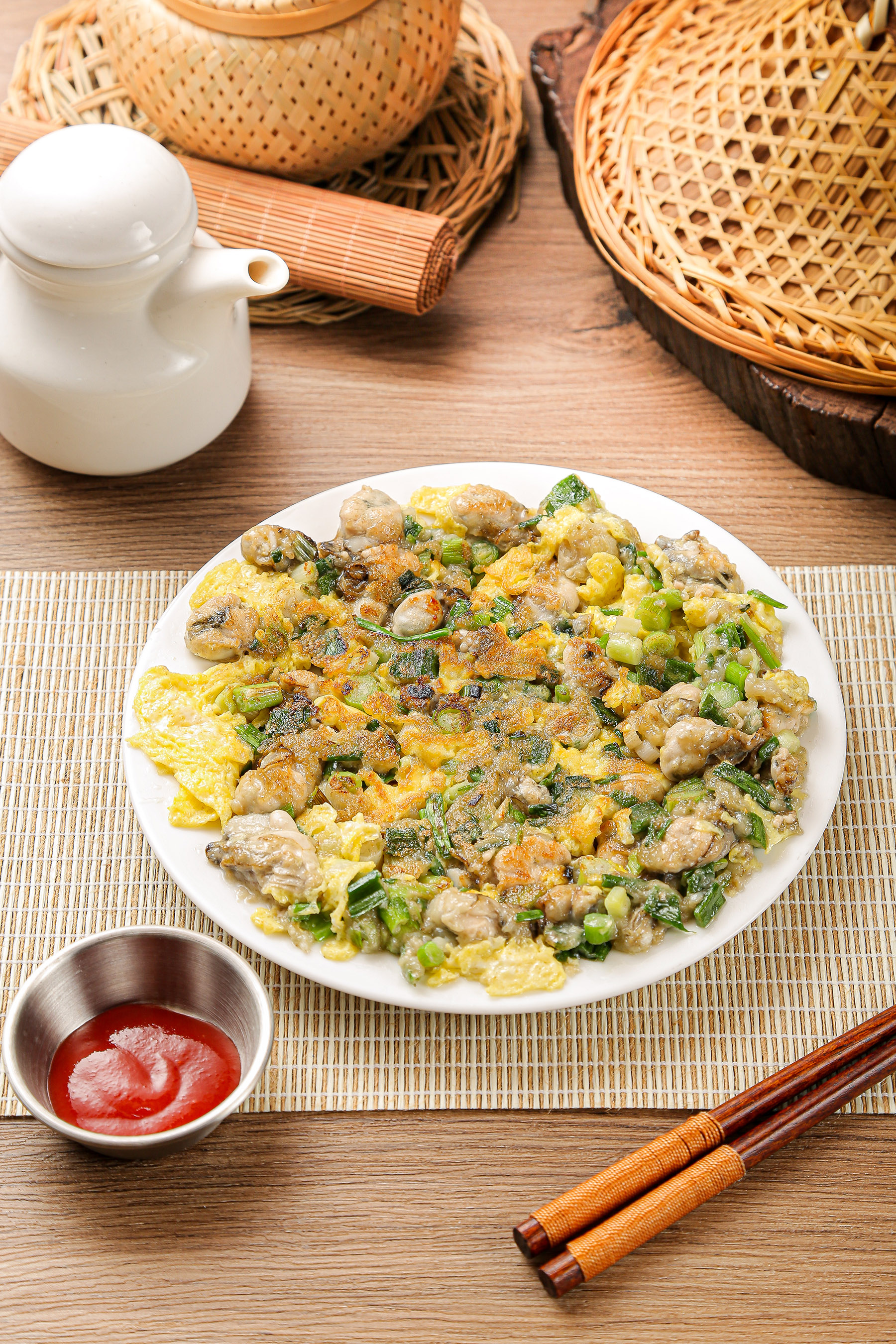
Huang Lyubing, president of the Fuzhou catering and cooking association, points out that Fujian's culinary traditions can be clearly mapped out.
"They are essentially divided into upper and lower regions," he says.
The lower region, including Fuzhou, Quanzhou and Zhangzhou, forms the coastal cuisine lineage, while the upper region, covering Nanping, comprises the mountain cuisine, he adds.
"This insightful division serves as a key to understanding the origins of Fujian's culinary traditions," he says.
"In the 1980s and '90s, we established culinary training programs at Juchunyuan, where chefs from across Fujian came to study, bringing back Fuzhou's techniques in soup-making, knife skills, heat control, and food presentation to their respective regions."
This flowing river of culinary skills established Fuzhou cuisine as the foundation of Fujian's culinary traditions.
Yet, due to geographical differences, different areas still preserve their unique elements, contributing to the richness of the province's cuisine.
For instance, the southern region emphasizes lightness, freshness and crispness like Fuzhou, but as southerners frequented Southeast Asia, they have injected unique elements into the local diet.
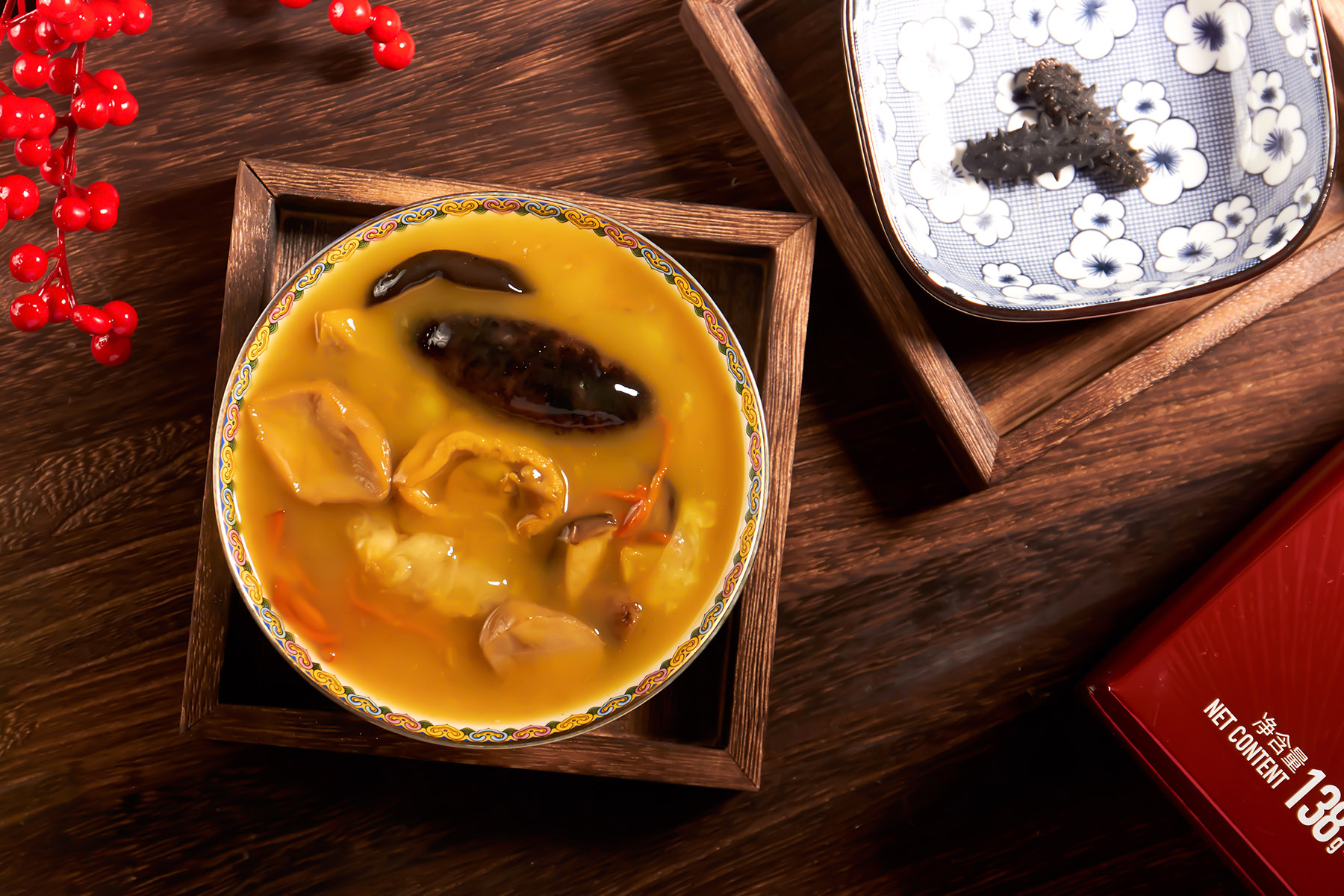
This culinary fusion gave rise to distinctly refined flavor profiles, most notably characterized by a unique sweet chili sauce that masterfully balances the subtle heat of local Fujian peppers with a nuanced sweetness, alongside a remarkably versatile satay sauce that has transformed from its origins as a simple dipping condiment into a richly complex, multipurpose foundation for sophisticated cooking.
"For instance, there are satay conch and satay noodles, where the rich sauce doesn't overwhelm the ingredients' natural flavors," Huang says, adding that specialty snacks, including oyster omelet and sea worm jelly, have also contributed to Fujian cuisine.
The mountainous northern region of Fujian has also played a big part in shaping the provincial cuisine.
Since local transportation relied on rivers, residents developed a unique culture of preserving food through drying.
Huang details the local dried food system of meat jerky, vegetables, tofu, shrimp, fish and even lychee. This preservation wisdom gave birth to a unique cooking system where all dried ingredients regain their original yet stronger flavors when reconstituted in water, he says.
Northern Fujian's representative banquets and dishes are equally fascinating, such as the Manting Feast from Mount Wuyi, dating back to the Tang Dynasty (618-907) and featuring many combinations of dried food.
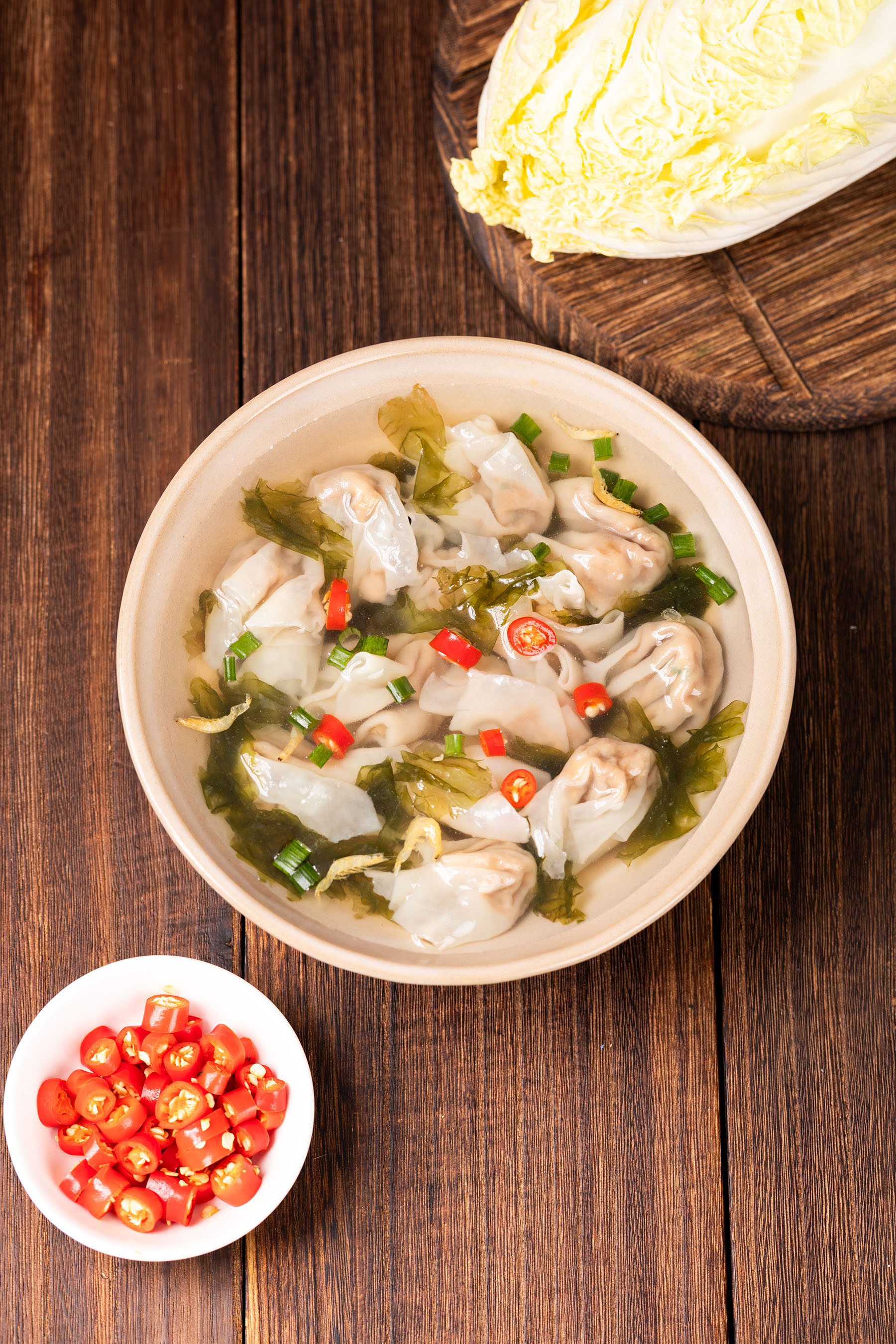
Excelling at fusion
Visitors should also try Nanping city's signature bamboo shoot feast, featuring shredded winter bamboo shoots with dried shrimp and mushrooms, which showcase the mountain flavors, while smoked classics, such as Jian'ou pressed duck, incorporate some of neighboring Jiangxi province's spicy influences. Those regional tastes still interact with and influence one another, so Fujian cuisine has never been static, Huang says.
"Just as Fujian people venture to the sea while remaining attached to the mountains, our culinary traditions continue to absorb the gifts of both mountain and sea on the foundation of Fuzhou cuisine through never-ending fusion and innovation," he says.
ALSO READ: Born of leaf, clay and ritual
Yang considers Fuzhou cuisine the foundation of Fujian cuisine, as it has gathered ingredients from all over the province, including Gutian county's mushrooms and Nanping city's bamboo shoots.
But Fuzhou excels at fusion — beef with satay sauce uses southern Fujian's seasonings, smoked goose hand roll is adapted from western Fujian methods, and oyster omelet evolves from southern Fujian, he explains.
"This inclusivity reaches its peak in fotiaoqiang, where mountain treasures and sea delicacies all harmonize in this single jar," Yang concludes.
Yang Jie contributed to this story.
Contact the writers at yangfeiyue@chinadaily.com.cn


